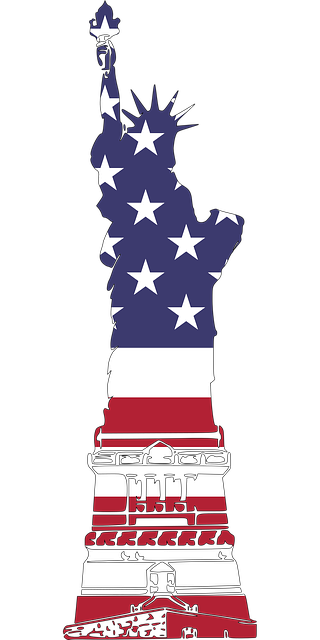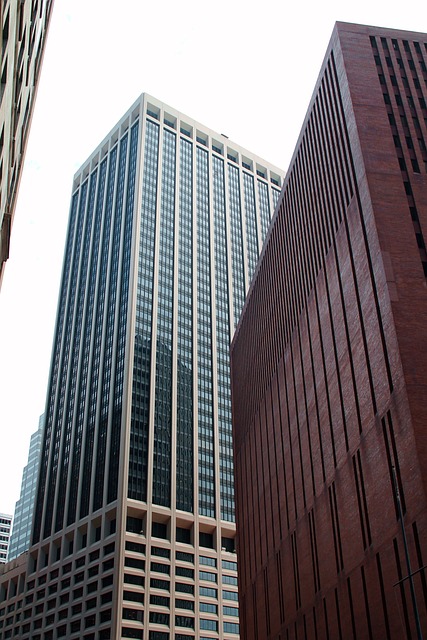50-foot American flags proudly stand as beacons of national pride and symbolic landmarks across the United States. This article delves into the engineering marvels, design intricacies, and historical significance behind these colossal installations. From the materials that endure our nation’s diverse climates to the dynamics that keep them aloft amidst wind and waves, discover how large-scale flags like the iconic 50 Foot American Flag atop the National Mall are not just sizable structures but also powerful expressions of heritage and identity. Join us as we explore the challenges, innovations, and traditions behind these impressive feats of patriotic design.
- Elevating Pride: The Engineering Behind the 50 Foot American Flag Installations
- Designing for Scale: Challenges and Considerations of Large-Scale Flags
- Historic Iconography: How the 50 Foot Flag Honors America's Heritage
- Material Matters: The Durability and Technology in Constructing Jumbo Flags
- Wind and Wave Dynamics: Ensuring Stability for Oversized Flags
- Case Study: The 50 Foot American Flag atop the National Mall
Elevating Pride: The Engineering Behind the 50 Foot American Flag Installations

The 50-foot American Flag installations are a striking embodiment of engineering prowess and patriotic sentiment, elevating national pride to new heights, quite literally. These colossal flags are not merely symbols; they are carefully engineered feats that withstand environmental challenges while maintaining their impressive presence. The design and construction of such large flags require meticulous planning and a deep understanding of materials and structures. High-strength poles, robust fastening systems, and durable fabric treatments are essential to ensure the flag’s longevity and stability in various weather conditions. The engineering team must consider the wind dynamics at different wind speeds to avoid damage or safety hazards. These installations often utilize advanced materials that have a high tensile strength, such as carbon fiber or fiberglass, which allows the flagpole to remain strong yet lightweight. The illumination of these flags at night further emphasizes their significance, with lighting solutions that highlight the flag’s intricate details and honor its purpose. These installations are a testament to American ingenuity and resilience, standing as beacons of freedom and unity across the nation’s diverse landscapes.
Designing for Scale: Challenges and Considerations of Large-Scale Flags

Historic Iconography: How the 50 Foot Flag Honors America's Heritage

The 50-foot American Flag, a symbol of freedom and unity, stands as a testament to America’s rich heritage and its indomitable spirit. Erected on large buildings and landmarks across the nation, this oversized flag serves as a beacon of national pride and identity. It is a tangible representation of the country’s values, history, and the collective memories shared by its diverse populace. The grandeur of the 50-foot American Flag ensures that it is visible from significant distances, making it an instantly recognizable icon for both citizens and visitors alike. This scale underscores the magnitude of the freedoms and opportunities America embodies and emphasizes the enduring legacy of the ideals upon which the nation was founded.
Moreover, the 50-foot American Flag is a regular feature at significant national events, military installations, and as part of the architecture in several major cities. Its presence is a constant reminder of the sacrifices made by those who have upheld the country’s values through the ages. The flag’s enormous size allows it to serve as a historical anchor, connecting the past with the present, and inspiring future generations to continue the pursuit of liberty and justice for all. It honors the brave individuals who have shaped America’s heritage, from the founding fathers to the ordinary citizens who contribute to the country’s social fabric daily. This colossal banner is not merely a piece of cloth but a living symbol that resonates with the heartbeat of the nation and its people.
Material Matters: The Durability and Technology in Constructing Jumbo Flags

When constructing large-scale flags such as a 50-foot American Flag, the selection of materials and the integration of advanced technologies are paramount to ensure durability and functionality. High-strength, weather-resistant fabrics like polyester or nylon are favored over traditional cotton due to their resilience against harsh environmental conditions. These materials are treated with specialized coatings to resist fading, mildew, and UV damage, maintaining the flag’s vibrancy and integrity over time. The innovative use of fiberglass or aluminum poles further contributes to the flag’s longevity, as they are designed to withstand high winds without bending or breaking, which is crucial for the safety of the flag and those around it.
In addition to material selection, technology plays a significant role in the construction of jumbo flags. Hembarrassment prevention systems, for instance, include weighted bases and counterweights to keep the flagpole upright and stable. High-performance LED lighting enables these flags to be illuminated at night, creating a stunning visual impact. This technology not only enhances the flag’s visibility but also extends its operational life by minimizing strain on the material caused by traditional lighting methods. Moreover, the use of advanced sewing techniques and reinforced stitching ensures that each panel of the flag is securely fastened, contributing to the overall durability of the structure. The integration of these materials and technologies results in a 50-foot American Flag that stands as a symbol of pride and endurance for years to come.
Wind and Wave Dynamics: Ensuring Stability for Oversized Flags

The dynamics of wind and wave patterns play a critical role in the stability and longevity of oversized flags, such as a 50-foot American Flag, which are installed on large buildings and landmarks. To ensure these flags remain stable amidst varying environmental conditions, engineers employ advanced materials and engineering techniques. The flag’s size necessitates a deep understanding of aerodynamics; the interaction between the airflow and the flag’s fabric must be carefully analyzed to prevent excessive fluttering or billowing that could lead to structural stress or damage. High-strength poles and durable mounting hardware are designed to withstand the forces exerted by strong winds, while also being flexible enough to sway gently without causing harm to the structure to which they are attached.
Furthermore, the proximity of large flags to surrounding structures and the public requires a meticulous risk assessment. The flag’s design often incorporates a balanced, weighted bottom section to counteract the lifting forces experienced during high winds, reducing the chance of the flag becoming a projectile or causing injury. Additionally, the choice of fabric is crucial; materials that offer both durability and lightness are preferred to ensure optimal performance under the relentless barrage of wind and sun. The use of a 50-foot American Flag as an example underscores the importance of these considerations, as it symbolizes national pride and must withstand intense weather conditions without failure. Regular maintenance and inspections further guarantee the flag’s safety and integrity for years to come.
Case Study: The 50 Foot American Flag atop the National Mall

The iconic 50 Foot American Flag atop the National Mall in Washington, D.C., stands as a testament to the grandeur and significance of one of the nation’s most enduring symbols. This flag, which measures an impressive 600 feet by 350 feet, is engineered to withstand the harsh elements it faces due to its elevated position. The structure supporting this massive flag utilizes advanced materials and engineering techniques to ensure its durability and stability, making it a prime example of the best solutions for large buildings and landmarks. The installation’s design also prioritizes safety and visibility, with the flag’s vibrant hues—representing the red, white, and blue of the American flag—visible from various points across the city, serving as a beacon of national pride.
The 50 Foot American Flag project exemplifies the application of state-of-the-art technology in large-scale installations. The flagpole’s design incorporates high-strength materials and weatherproofing solutions to maintain its integrity under all conditions. The flag’s massive size necessitates a robust support system capable of withstanding winds and other environmental factors without compromising safety or the integrity of the flag itself. This installation is not just a symbol of American heritage but also a showcase of engineering excellence, demonstrating the capabilities required for large buildings and landmarks where durability, safety, and visual impact are paramount.
